India's Toy Sector Triumph: From Import Dependence to Export Surge Amid China Trade Shift
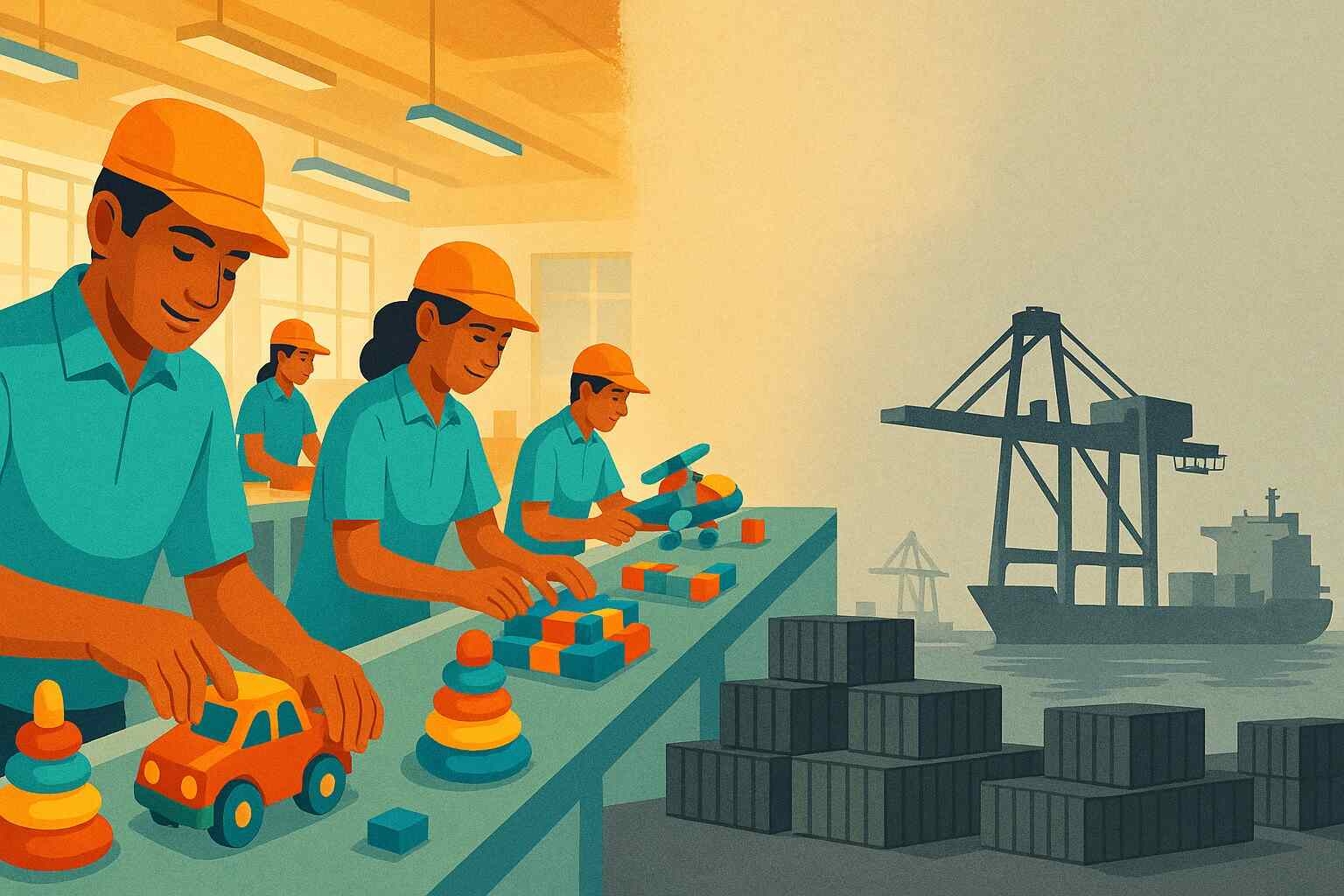
In a remarkable turnaround, India's toy industry has shifted from being a net importer to a net exporter, significantly reducing its reliance on Chinese imports while boosting domestic manufacturing. This transformation, driven by strategic government policies and a push for self-reliance, has seen Indian toy exports rise to $150 million in the fiscal year 2024, up from a mere $40 million in 2014.
Concurrently, imports from China have plummeted by 82%, dropping from $235 million in 2020 to $41 million in 2024. This shift not only underscores India's growing competitiveness in the global toy market but also highlights a broader trend of reducing dependency on Chinese goods, a move that has been both economically and geopolitically significant.
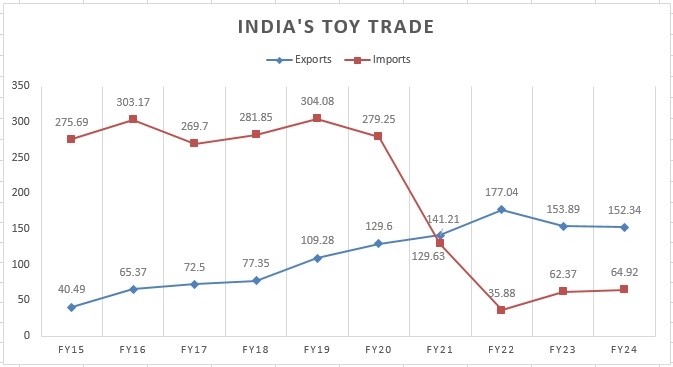
The change began to take shape in 2014 with the launch of the "Make in India" initiative, aimed at fostering domestic manufacturing and reducing import reliance.
Over the past decade, the government has implemented a series of measures, including imposing higher tariffs on toy imports and enforcing stricter quality controls, to protect and promote local industries.
These policies have been particularly effective in the toy sector, where imports from China, which once accounted for 76% of India's toy imports, have seen a dramatic decline.
The Economic Survey 2023-24, released by the Ministry of Finance, noted that India's import bill for toys from China dropped from $214 million in FY13 to $41.6 million in FY24, reducing China's share in India's toy imports from 94% to 64%. This data, corroborated by the Global Trade Research Initiative (GTRI), illustrates the tangible impact of these policies.
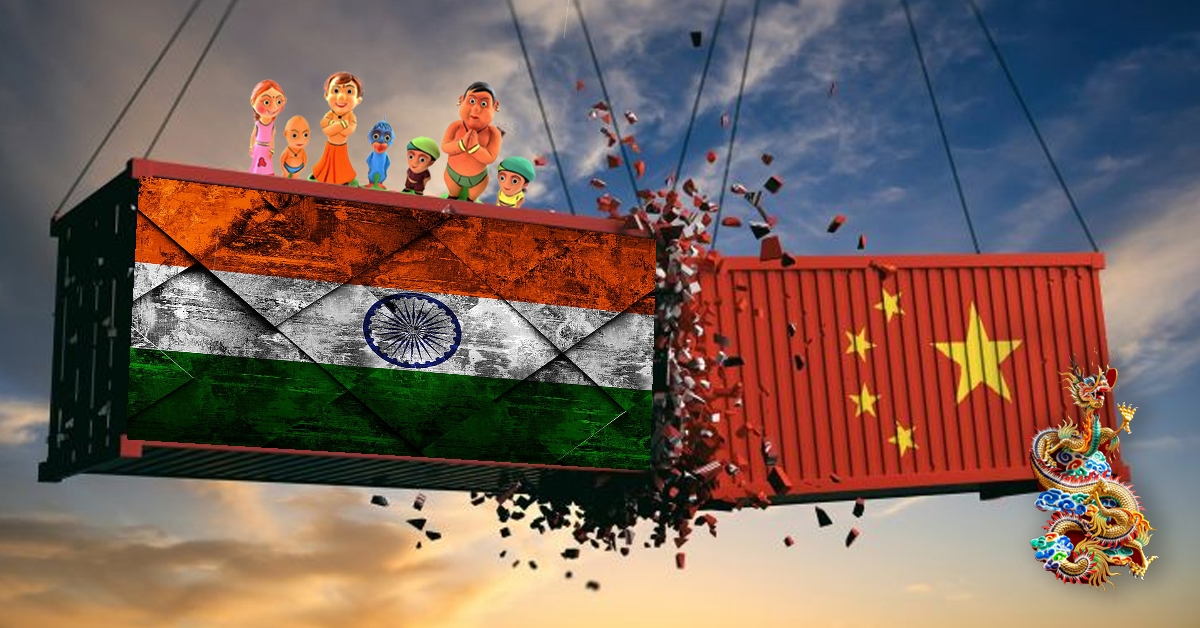
The narrative of this transformation is vividly captured in a recent video by BS Biz, which contrasts the bustling ports of Shanghai with the burgeoning factories in India.
The GTRI report points out that Indian toy exports stagnated in 2023-24, suggesting that the industry must focus on enhancing product quality and exploring new markets to maintain momentum.
The government's recent approval of a sectoral scheme for toys, part of a broader strategy to boost manufacturing, indicates a recognition of these challenges and a commitment to long-term growth.
The implications of this shift extend beyond economics. It represents a strategic move to reduce vulnerability to supply chain disruptions, particularly in light of tensions with China.
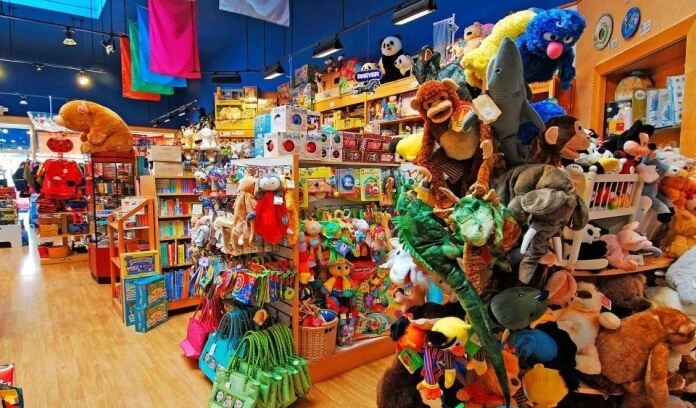
The toy sector's success story is part of a larger narrative of India’s push towards self-reliance, or "Atmanirbhar Bharat," which has seen similar trends in other sectors like pharmaceuticals, where reliance on Chinese active pharmaceutical ingredients (APIs) has also decreased.
This diversification is crucial, especially as global trade dynamics continue to evolve, with countries reassessing their dependencies on single-source suppliers.
Critics, however, argue that the focus on reducing imports must be balanced with ensuring that domestic production meets global standards. The Indian toy industry, while growing, still faces competition from cheaper Chinese alternatives in international markets.
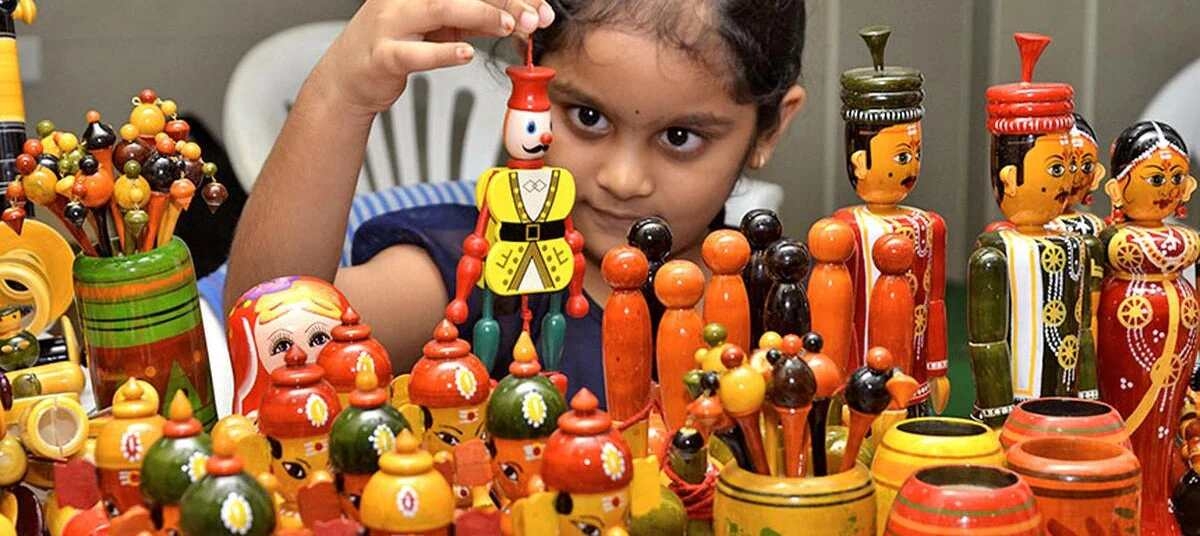
The government's planned launch of a ₹3,500-crore production-linked incentive (PLI) scheme for toy manufacturers aims to address this by fostering a manufacturing ecosystem that can produce high-quality toys for both domestic and global markets. This move is expected to attract more players, making the industry more organized and competitive.
As India continues to navigate this transition, the toy sector's progress offers a blueprint for other industries. It demonstrates that with the right policies and a concerted effort towards innovation, India can reduce its dependence on foreign imports and emerge as a significant player in global manufacturing.
The story of India's toy industry is not just about toys; it is about redefining economic resilience and national pride in an increasingly interconnected world.